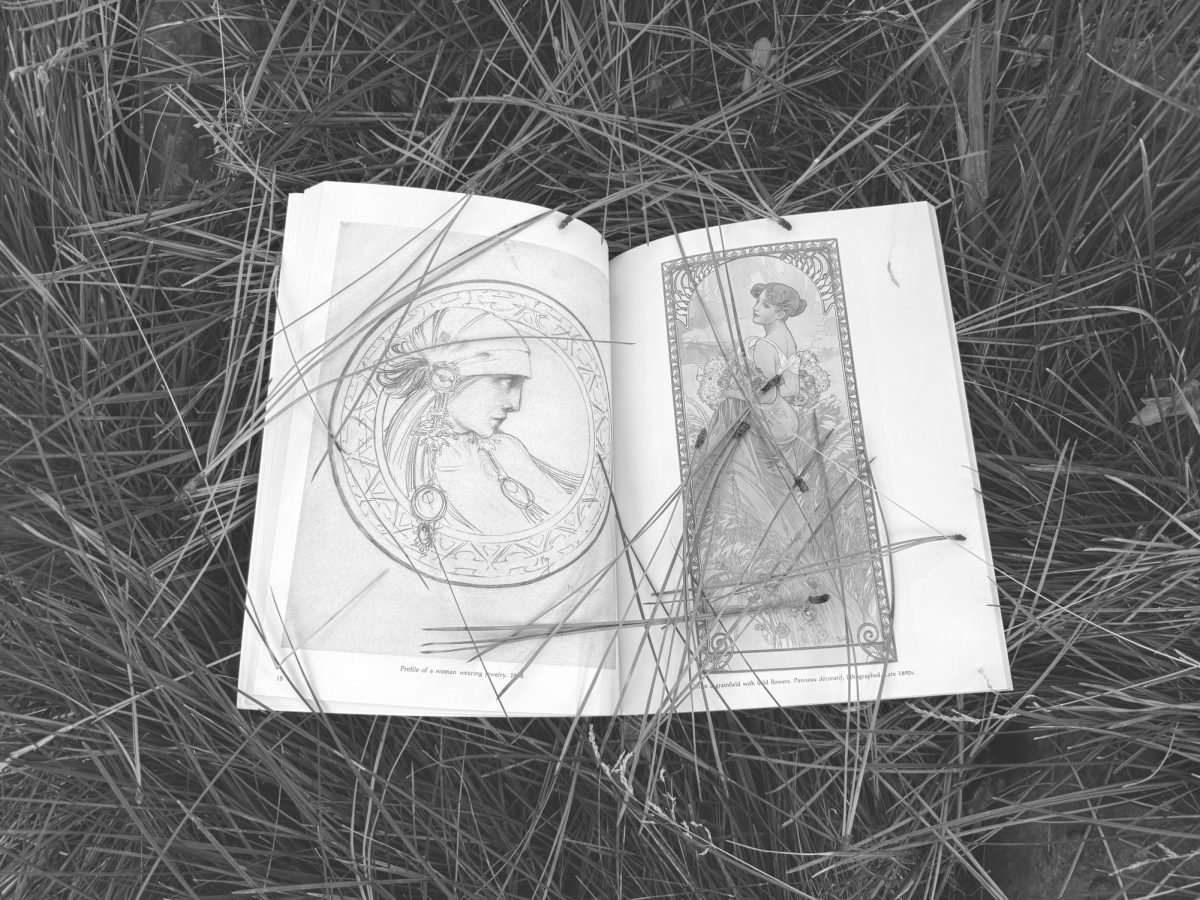The early 21st century has brought with it lack of beauty and artistry, instilling plain ugliness. Reused concepts plague the internet; bland, corporate aesthetics bleed into the streets of reality.
The corporate, technological, AI-based, fast, grind-set style of living that has become normalized as of late – dare I say even since the industrial revolution – and is killing style, art, and the creativity that comes with humanity.
Perhaps this is a refutable claim, but when you dive into the world around us at this point in time, the greatest beauty is born from humanity, but unlike past forms of art, our current beauties do not reflect natural passion.
What we are lacking is a sense of creativity on the industrial level. From romance paintings to the art nouveau movement to 1920s flapper dresses to art deco architecture, there is a certain level of creativity that finds itself permeating the very fabric of society. Stemming from the passion of their artists, the art feeds into a society’s everyday life like the threads of a tapestry.
At the center of this pandemic, the trend of ‘nonchalance’ is found as the main culprit. At the very least, it is incredibly prevalent in the teen sphere in 2025. IndulgeExpress has an article on this trend, which is essentially killing emotion in adolescents in an attempt to be ‘cool’. In a greater scheme, this romanticisation of apathy is being spoonfed to us by the corporate world around us that only desires employees to commit to the nine to five of everyday life.
Nonchalance robs passion from everyday life, and passion is removed from the everyday worker, which in turn creates a dismal community lacking art. In the midst of the 21st century, many have forgotten what it means to love our work, to pour one’s soul into the framework of their creation. It has become glaringly obvious at this point that there is no incentive, on a societal level, to emphasise care, which is the most important element of fostering beauty.
These patterns have been recognised by artists in the past and put into words within media many times before. In his book “The Prophet,” author Kahlil Gibran said that, “Work is love made visible. And if you cannot work with love but only with distaste, it is better that you should leave your work and sit at the gate of the temple and take alms of those who work with joy” (Page 28).
John Keating, fictional character in the film “Dead Poets Society,” also agreed with this sentiment, professing, “We don’t read and write poetry because it’s cute, we read and write poetry because we are members of the human race. And the human race is filled with passion. And medicine, law, business, engineering; these are noble pursuits and necessary to sustain life. But poetry, beauty, romance, love: these are what we stay alive for.”
As the cycle of creativity continues down its path, we find that each trend is becoming more and more a shell of its past. For example, the Y2K clothing trend that has regained popularity over the past few years takes its form in a slightly diluted version of its past self. With this particular trend you can see the chaos and “messiness” of the original fashion being smoothed over in the 2020s for an increasingly similar look to the “clean girl.”
Even now we see our homes being built on speed-dial, shipped on vessels from across the world to make meaningless apartments while the exquisite homes upon the coastline grow sick as their stonework is plastered over and their empty hallways sit vacant for years. The cars we drive are stripped of their character, and we no longer have the illusion of choice because everything we have to choose from looks, feels, and acts the same.
This minimalist trend is born out of our need for speed. It is not an innate human need, but rather the rush of the modern world and technology that gives us everything we wish at the tap of a button. But the gift that is necessary for art at the moment is time. Lost is the art of the apprenticeship where the potter would slave over his vase for days before teaching his student the same. Lost is the art of carving flowers into table legs, turning a thing of monotony into a thing of beauty.
Of course this all plays into a very important saying that “beauty is in the eye of the beholder.” One person may celebrate the corporate minimalist redesigns and hate the paintings of the romance era, and another may adamantly disagree. Both are correct in their own way. However, they have a choice to buy, see, and work in the way that they want to and create based on their personal passions. Minimalists can purchase their sleek white countertops while maximalists can build their driftwood tables and both should be normal. Both should be common. Both should be born from love.
Beauty is not truly lost and it never is. Trends are cyclical and we will return to true humanity because art resides in all humans and has for generations, especially youth who have grown up in the pandemic of tech and monotony, have begun to push back. Beginning with a return to physical media, we then move on to classic car communities, and art movements that combine technology and traditional media in beautiful videogames beloved by hundreds.

